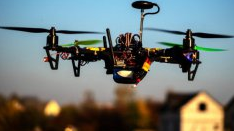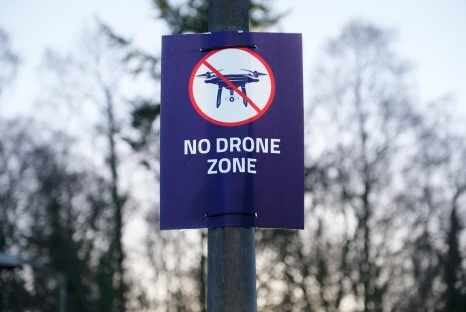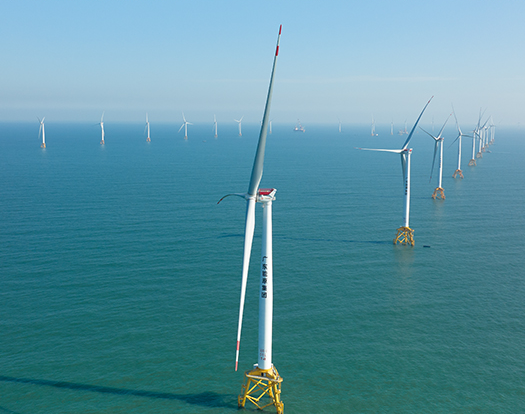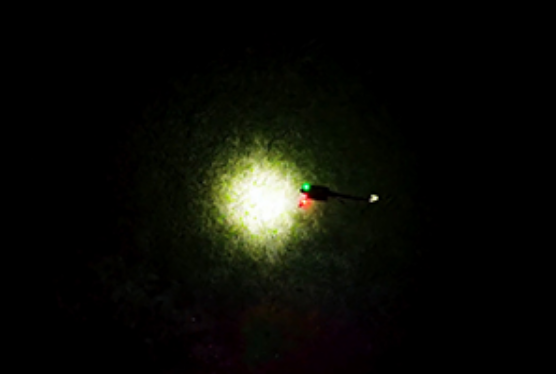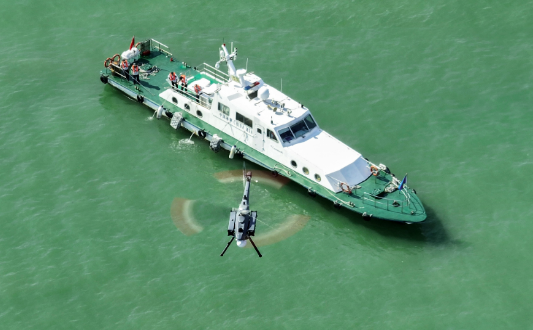Definition of Drone Optoelectronic Systems
 2024-01-06
view:109
2024-01-06
view:109
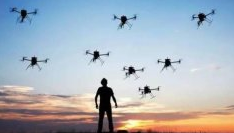
Overview of Optoelectronic Systems: The unmanned aerial vehicle (UAV) optoelectronic system mainly consists of two parts: optics and electronics. The optical part usually includes sensors such as cameras, infrared cameras, and laser rangefinders, while the electronic part includes image processing units, data transmission equipment, and display equipment.
Optical sensors: Optical sensors are one of the core components of optoelectronic systems, which can capture light signals in different wavelengths such as visible light and infrared light. Cameras are used to capture high-resolution images, while infrared cameras can detect the infrared radiation of targets, making them suitable for nighttime or low light environments.
Electronic sensors: Electronic sensors include radar, television cameras, laser rangefinders, and other equipment. Radar can be used to track the position of targets, television cameras can provide high-definition video data, and laser rangefinders are used to measure target distance.
Image processing unit: The image processing unit in the drone optoelectronic system is responsible for processing data obtained from sensors. This includes image compression, feature extraction, target recognition, and other processing to more effectively transmit and analyze data.
Data transmission equipment: The collected data needs to be transmitted to the ground control station or other command center for further analysis and processing. Data transmission equipment can use wireless communication technologies, such as satellite communication, wireless networks, etc., to ensure real-time information transmission.
Display equipment: Ground operators usually need to monitor the data transmitted back by drones in real time. The display device can be a computer, tablet, or other specialized device used to display images, videos, and other related information.
Application areas: Drone optoelectronic systems are widely used in military reconnaissance, border patrol, disaster monitoring, environmental monitoring, agricultural surveying, power inspection and other fields. They provide efficient and accurate data collection methods for these fields through high altitude, wide-ranging perspectives, and flexible maneuverability.
Overall, the development of unmanned aerial vehicle (UAV) optoelectronic systems has promoted the widespread application of UAV technology in various fields, providing users with more comprehensive and real-time information collection and monitoring services. The continuous innovation and improvement of this technology will bring more possibilities for future scientific research, emergency response, and business fields.
 2024-01-06
view:109
2024-01-06
view:109

